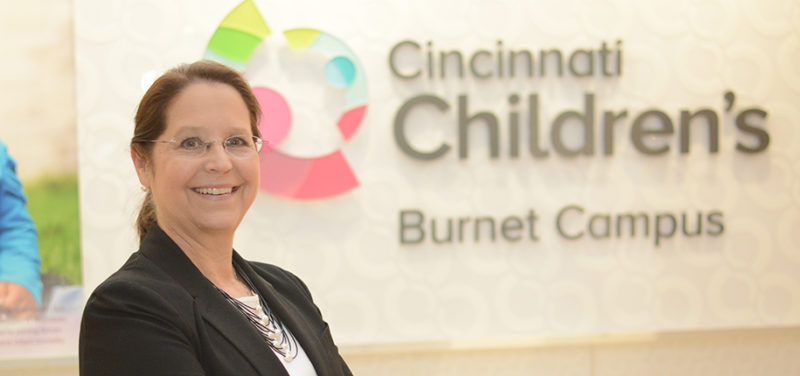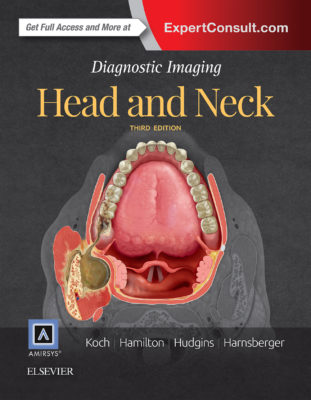
Have you ever wondered how radiologists stay up to date on the newest imaging techniques to help diagnose your child’s problem? As noted in recent blogs, radiologists at Cincinnati Children’s not only interpret your child’s images and treat some conditions, but also do research to find ways to improve imaging and teach others how to improve their abilities to make the right diagnosis. We present our research at national and international meetings and publish our results in highly acclaimed medical journals. Many of the faculty are also involved in writing textbooks and online materials focused on educating trainees and radiologists to improve the care of children with medical, surgical or post-traumatic problems.
At Cincinnati Children’s, I have worked with superb pediatric radiologists, many of whom have subspecialty training/interest in areas such as musculoskeletal, cardiac, pulmonary, fetal, nuclear medicine, or gastrointestinal imaging. During fellowship in pediatric neuroradiology, my mentor, Dr. William Ball (currently the Dean of the University of Cincinnati College of Medicine), encouraged me to pursue the area of pediatric head and neck imaging, which includes imaging tumors and congenital, infectious and post-traumatic problems involving the face, ears, eyes and neck. As a result, I have been blessed to work with incredible head and neck imagers from all over the world, particularly through involvement with the American Society of Head and Neck Radiology, and have participated in writing textbooks and online materials with Amirsys, Inc.

Last month, the 3rd edition of the textbook Diagnostic Imaging: Head and Neck was released, focused on imaging head and neck disorders in adults and children. I had the pleasure of working with many of the authors on the first and second edition of this textbook over the last 10 years, and was honored to also be one of four editors of the most recent edition. Our main reason to revise the book was to update the information, references and images to help trainees and radiologists all around the globe take better care of the adults and children that we are so privileged to serve.
Contributed by Dr. Bernadette Koch and edited by Michelle Gramke, (ADV-US-Tech).